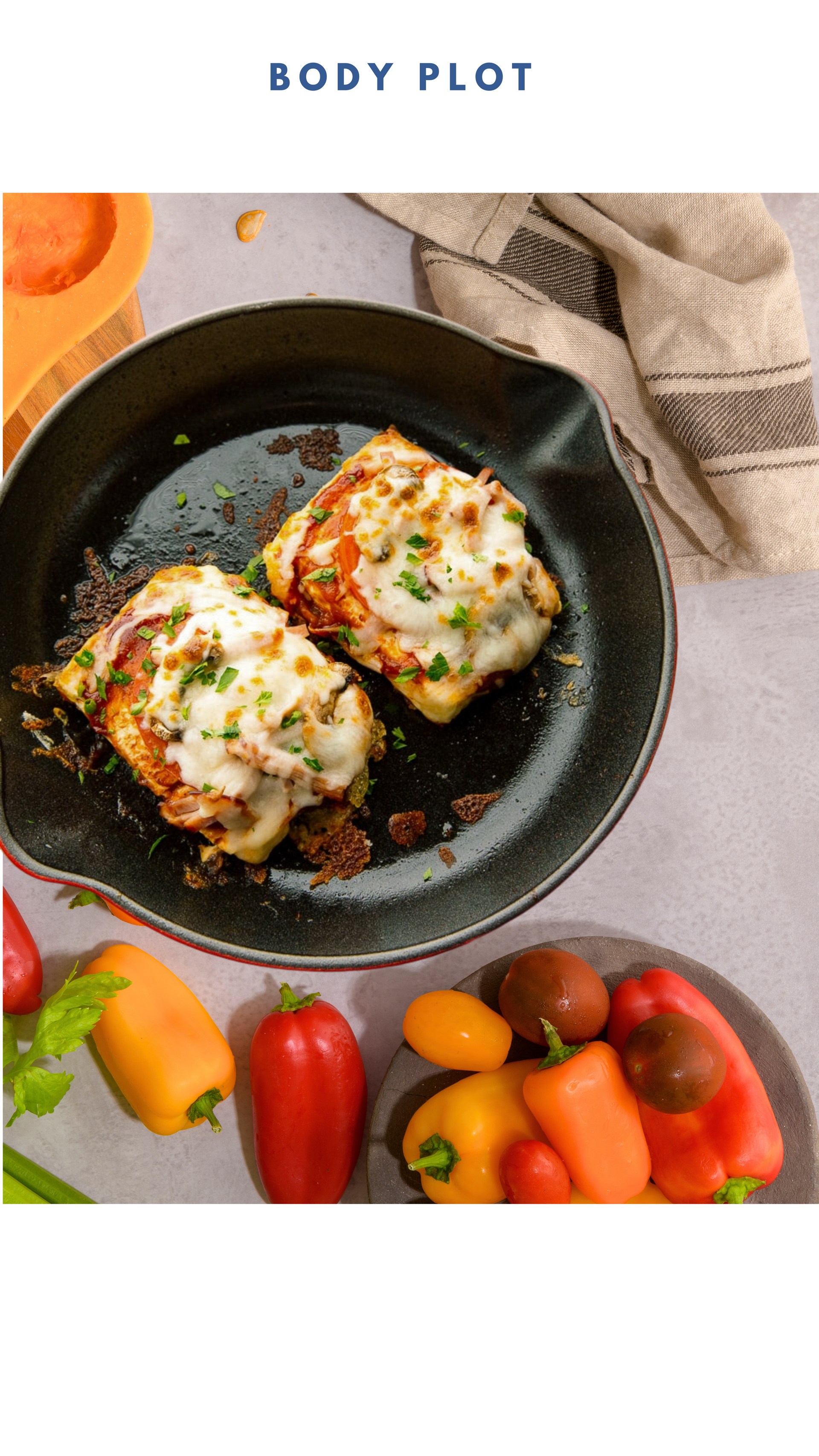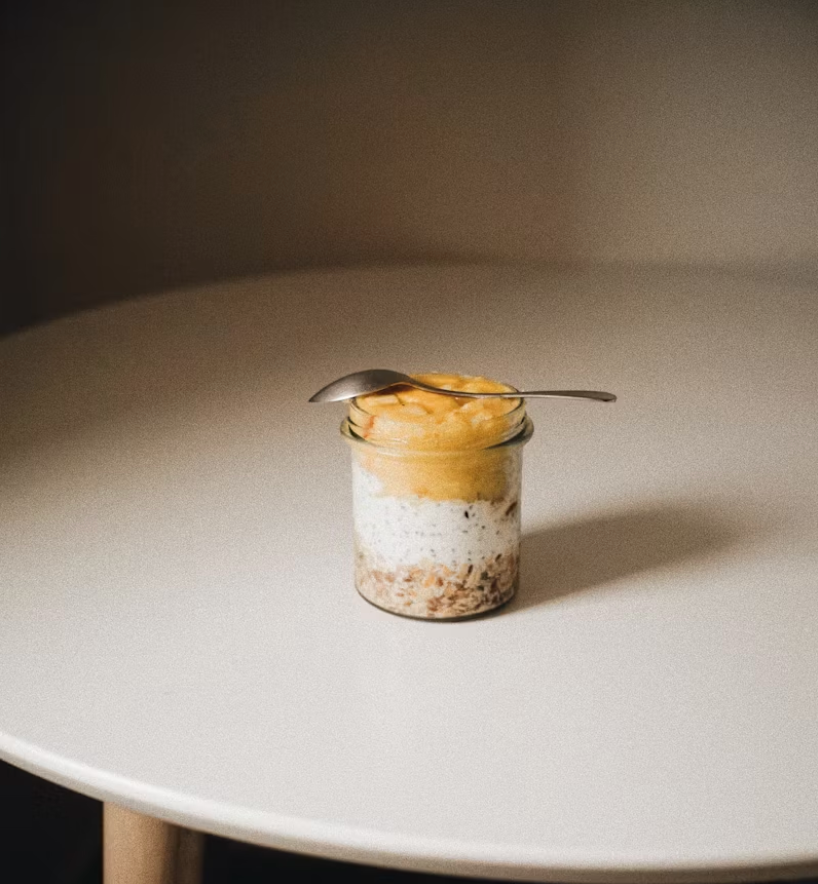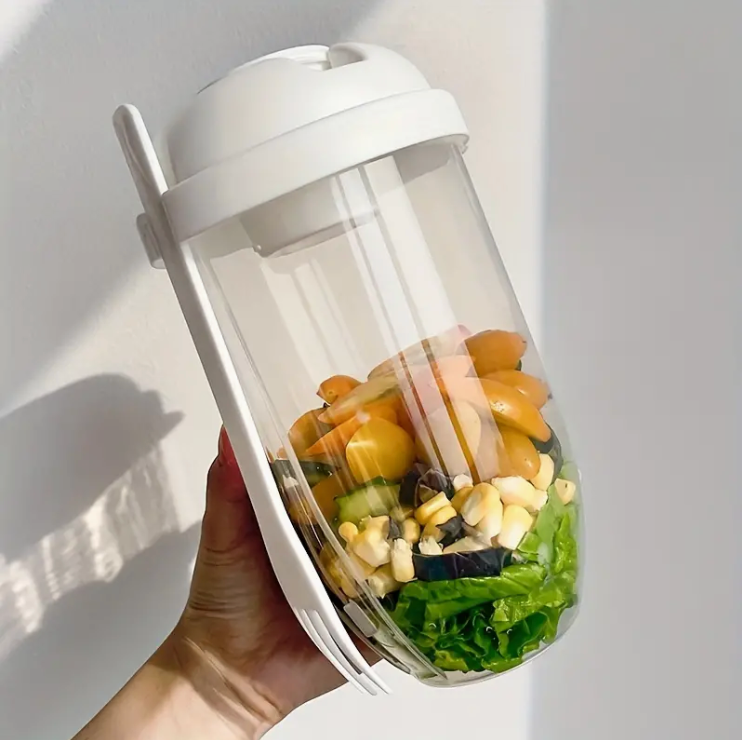How do I get in Omega-3, fish free?
Whether it’s dietary preference, pregnancy, taste, ethics or the environment, many people are now deciding to go fish-free. However, the absence of fish comes at a cost; namely the loss of consuming enough Omega-3.
Omega-3 fatty acids are a family of polyunsaturated fats that is derived from food and that helps to build and maintain a healthy functioning body. Studies show that a sufficient intake of omega-3 can reduce symptoms of depression, menopausal symptoms in women and even lower the risk of heart disease. People who regularly consume Omega-3 are also at a lower risk of cognitive decline and Alzheimer’s disease. There are three main types of Omega-3 fatty acids – ALA, DHA AND EPA.
The NHS recommends eating at least two portions of oily fish such as salmon, tuna, mackerel, sardines and trout in order to receive the necessary Omega 3 fatty acids, DHA and EPA which isn’t found in any plant matter. ALA on the other hand is the most common Omega-3 fatty acid and is found in plant foods. However, only a small percentage is converted into EPA and even less into DHA.
Whilst guidance is to eat more fish, interestingly fish do not naturally produce Omega-3 at all. In fact, Omega-3 is found in ocean-based algae which is consumed by fish in large quantities, thus making fish an easy route to consuming the sufficient level of Omega-3 that humans require.
So what do I do if I don’t eat fish?
In the absence of consuming fish, here are our top three recommendations.
1. Consume Omega-3 rich plants throughout the day. These take the forms of walnuts, flax seeds, chia seeds, brussel sprouts, hemp seeds, edamame beans and leafy vegetables.
2. Consume ocean-based algae. Delicious foods such as seaweed and algae are readily available in supermarkets and Asian stores whilst also coming in supplement form.
3. Take a daily Omega-3 supplement which has 450mg EPA and DHA per daily adult dose. If vegan or vegetarian, look out for the v signs respectively. Whilst there is no specific benefit to taking an Omega-3 supplement at a specific time, a 2019 study found that taking an Omega-3 supplement with a fatty food could making it easier to absorb.
A combination of all the above daily is a great idea! Here’s an example of how you can integrate this:
Breakfast: Strawberry and spinach smoothie with a few tbsp of chia seeds and walnuts.
Lunch: Quinoa salad with leafy vegetables, edamame beans and some sea weed sheets.
Dinner: Dhaal with hemp seeds and flaxmeal blended into the mix with Greek yogurt, bulgar wheat and a side salad.










